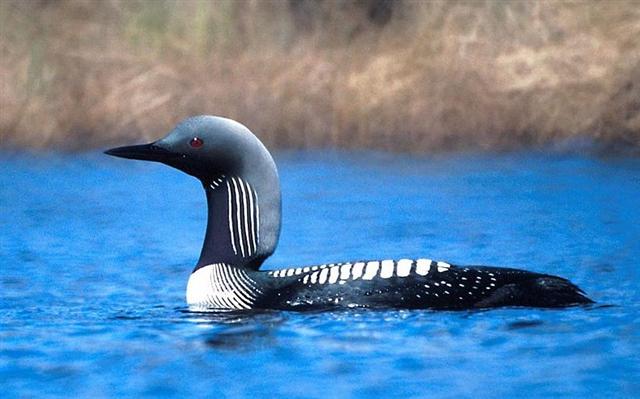From my RA position for Alnair and data fetched from Wikipedia it is possible to arrange all the 21 stars in the Crane constellation where they should be in the G text:
In the G text omikron coincided with the 'solstice' day when there were 355 (= 5 * 71) days from the March equinox, i.e. with Tarahao 11:
Although according to the Gregorian calendar this 'solstice' day came at Ga5-3, where henua was open to the sky. Once Grus and Piscis Austrinus was regarded as a single constellation:
... The alternative title for the stars of Grus, Phoenicopterus, the Flamingo, is now seldom, if ever, used, nor can I find any record of its inventor, or date of its adoption as a constellaton name. Chilmead's Treatise contains this referents to it: The Phoenicopter we may call the Bittour (the old English word for Bittern) ... The Spaniards call it Flamengo: and it is described with the wings spread abroad, and as it were striking with his bill at the South Fish, in that part where he boweth himself. This asterism consistith of 13 Starres: of which, that of the second magnitude in his head is called, the Phoenicopters Eye: and it hath two other Stars also of the same magnitude, one in his backe, and the other in his left wing. And those two which are in the middle of his necke, Paulus Merula in his first booke of his Cosmography, calleth his Collar or Chaine. The absence of our titles in the foregoing description would show that the Bittern, or Flamingo, was the popular English figuring and title in the early part of the 17th century ... ... Horapollo, the grammarian of Alexandria, about A.D. 400, tells us that the crane was the symbol of a star-observer in Egypt ... The harpoon beak of some waders in the mud could illustrate the capacity to pierce a hole, 'striking with his bill'. In the morning of the world, there was nothing but water.
The Loon was calling, and the old man who at that time bore the Raven's name, Nangkilstlas, asked her why. 'The gods are homeless', the Loon replied. 'I'll see to it', said the old man, without moving from the fire in his house on the floor of the sea. Then as the old man continued to lie by his fire, the Raven flew over the sea. The clouds broke. He flew upward, drove his beak into the sky and scrambled over the rim to the upper world. There he discovered a town, and in one of the houses a woman had just given birth. The Raven stole the skin and form of the newborn child. Then he began to cry for solid food, but he was offered only mother's milk. That night, he passed through the town stealing an eye from each inhabitant. Back in his foster parents' house, he roasted the eyes in the coals and ate them, laughing. Then he returned to his cradle, full and warm. He had not seen the old woman watching him from the corner - the one who never slept and who never moved because she was stone from the waist down. Next morning, amid the wailing that engulfed the town, she told what she had seen. The one-eyed people of the sky dressed in their dancing clothes, paddled the child out to mid-heaven in their canoe and pitched him over the side. He turned round and round to the right as he fell from the sky back to the water. Still in his cradle, he floated on the sea. Then he bumped against something solid. 'Your illustrious grandfather asks you in', said a voice. The Raven saw nothing. He heard the same voice again, and then again, but still he saw nothing but water. Then he peered through the hole in his marten-skin blanket.
Beside him was a grebe.
'Your illustrious grandfather asks you in', said the grebe and dived. Level with the waves beside him, the Raven discovered the top of a housepole made of stone. He untied himself from his cradle and climbed down the pole to the lowermost figure.. Hala qaattsi ttakkin-gha, a voice said: 'Come inside, my grandson.' Behind the fire, at the rear of the house, was an old man white as a gull. 'I have something to lend you', said the old man. 'I have something to tell you as well. Dii hau dang iiji: I am you.' Slender bluegreen things with wings were moving between the screens at the back of the house. Waa'asing dang iiji, said the old man again: 'That also is you.' The old man gave the Raven two small sticks, like gambling sticks, one black, one multicoloured. He gave him instructions to bite them apart in a certain way and told him to spit the pieces at one another on the surface of the sea. The Raven climbed back up the pole, where he promptly did things backwards, just to see if something interesting would occur, and the pieces bounced apart. It may well be some bits were lost. But when he gathered what he could and tried again - and this time followed the instructions he had been given - the pieces stuck and rumpled and grew to become the mainland and Haida Gwaii. | ||||||||||||||||||||||||||||||||||||||||||||||||||||||||||||||||||||||||||||||||||||||||||||||||||||||||||||||||||||||||||||||||||||||||||||||||||||||||||






